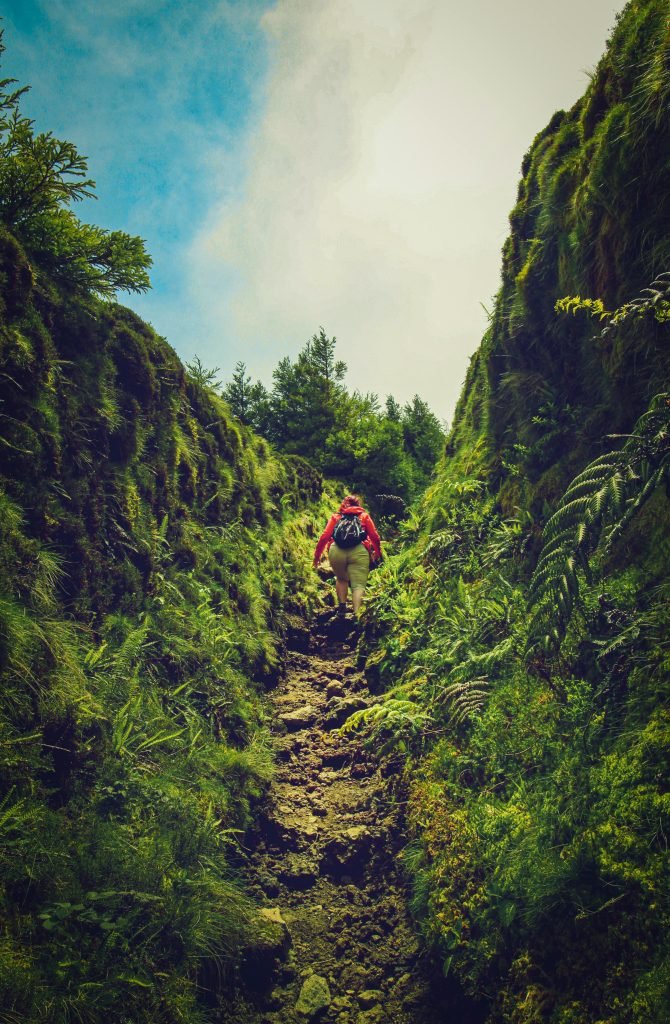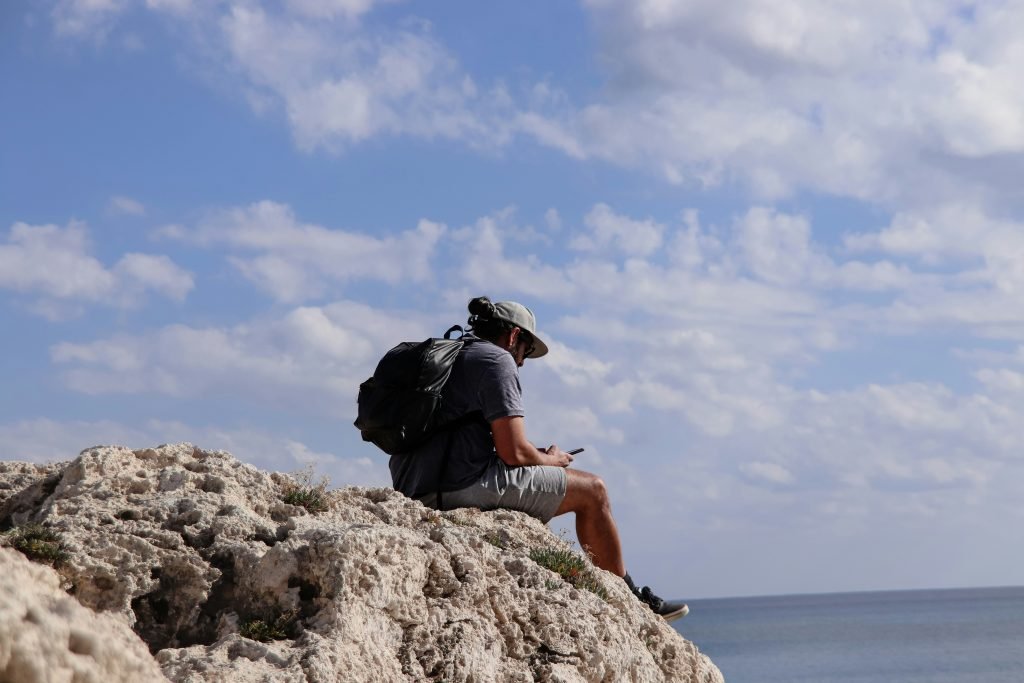What do you look for when choosing an outdoor backpack? With so many options available, selecting the right one for your adventures can be a bit overwhelming. Whether you’re planning a day hike, a weekend camping trip, or a longer expedition, a good backpack makes all the difference. Let’s break it down together.
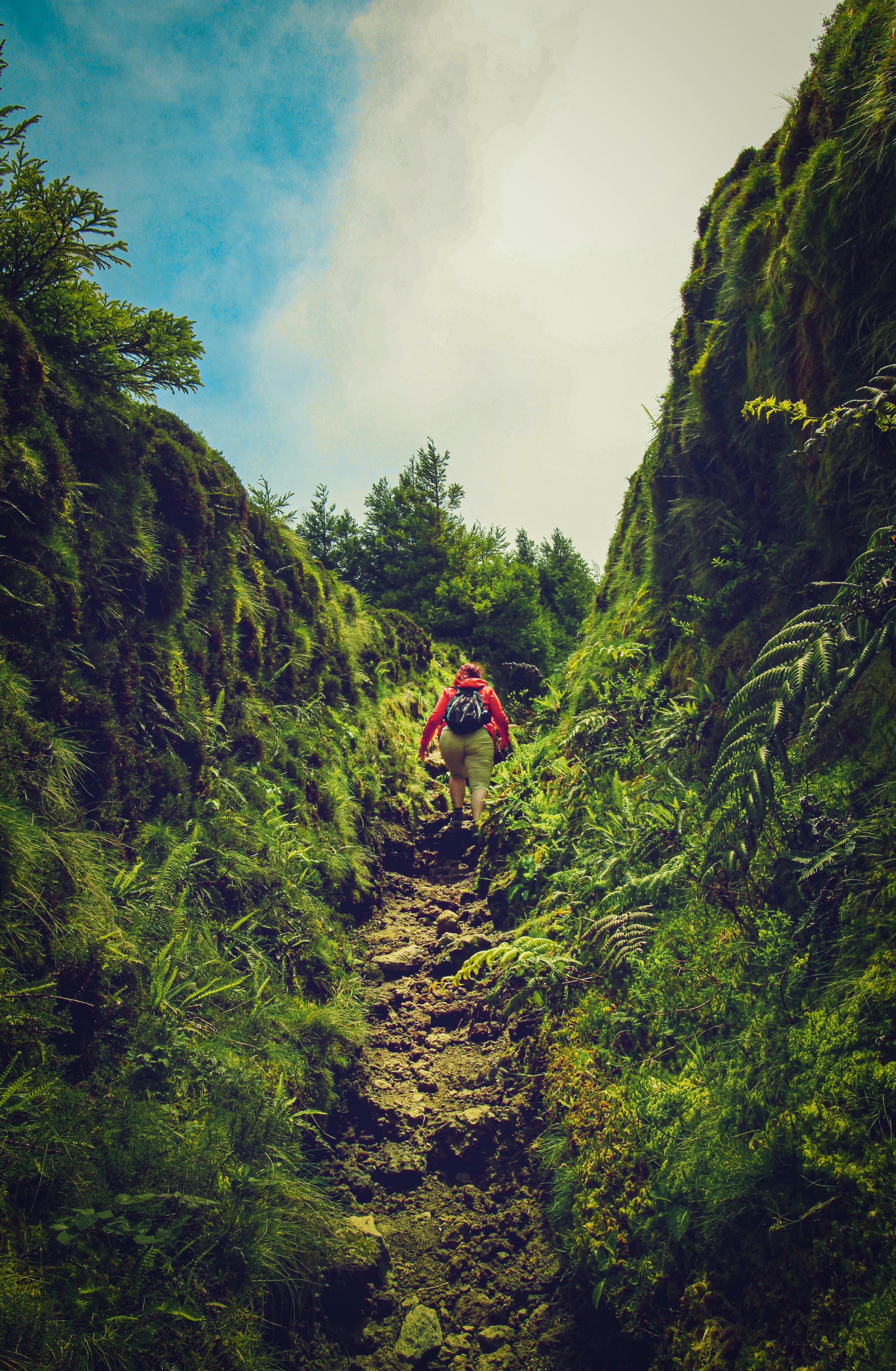
This image is property of images.pexels.com.
Understanding Your Needs
Before you even start browsing, it’s crucial to understand what your specific requirements are. Knowing how you intend to use your backpack is the first step toward making a smart choice.
Day Trips vs. Overnight Trips
The type of trips you’ll take significantly influences the backpack you should get. A day trip typically requires a smaller backpack, while overnight trips demand larger packs due to the additional gear for sleeping, cooking, and other essentials.
- Day Trips: Look for packs in the range of 15 to 30 liters. They should be lightweight and comfortable, designed to carry food, water, and perhaps some extra layers.
- Overnight Trips: For these excursions, you generally want a pack between 30 and 60 liters. This size allows ample space for a sleeping bag, tent, food, and cooking gear.
Long Treks and Backpacking
If you plan to go on multi-day treks or backpacking journeys, you’ll need even more room. Packs sized at 60 liters and above are ideal for extended adventures as they provide space for everything you’ll need over multiple days.
- Multi-Day Trips: Choose packs from 60 to 80 liters depending on personal comfort and gear needs. These bags should offer the right support and distributed weight to handle the longer hiking days.
Features to Consider
Once you’ve narrowed down the type of trip you’ll be taking, it’s essential to consider which features you prioritize in your backpack.
Capacity
This refers to how much gear the backpack can hold. Make sure to choose a capacity that matches your trip length and type.
| Trip Length | Recommended Pack Size |
|---|---|
| Day Trip | 15 – 30 liters |
| Overnight Trip | 30 – 60 liters |
| Multi-Day Backpacking | 60 liters and up |
Fit and Comfort
Comfort should be at the forefront of your considerations. A well-fitted backpack will drastically enhance your experience on the trail.
- Torso Length: Measure from the base of your neck to the top of your hip bones. Make sure the pack you choose accommodates your torso length.
- Hip Belt: A good hip belt helps distribute weight effectively to take pressure off your shoulders. It should sit snugly on your hips without pinching.
Weight
Backpack weight can significantly impact your hiking experience. A lighter pack may be easier to carry but often comes with fewer features or less durability.
- Ultralight Packs: Ideal for experienced hikers who want to minimize weight. Generally, these packs sacrifice comfort and durability for weight savings.
- Standard Packs: These offer a balance of comfort, durability, and features but may weigh a bit more.
Materials
Different materials impact the durability, weight, and water resistance of your backpack.
- Nylon: Commonly used for its light weight and resilience, it stands up well against wear and tear.
- Polyester: Often cheaper but less durable than nylon. Good for occasional use in less rugged environments.
Pockets and Compartments
Consider how you organize your gear. Extra pockets can make it easier to access your essentials without rummaging through your pack.
- Side Pockets: Great for water bottles and tools, so you don’t have to dig through the main compartment.
- Hip Belt Pockets: These small pockets are perfect for snacks or a phone, allowing easy access without removing your pack.
Additional Considerations
When seeking the right backpack, don’t forget about these additional factors.
Ventilation
Hiking can become sweaty work. A well-ventilated backpack helps heat escape, keeping you cooler and more comfortable, especially during warmer months.
Hydration Compatibility
Many backpacks now come with hydration reservoir pockets. This feature lets you drink water without having to stop or rummage through your pack for a water bottle.
Adjustability
Backpacks that offer adjustments allow you to customize the fit based on your gear. Look for features like adjustable straps and sternum straps to help with weight distribution.
Trying It Out
Once you narrow down your options, it’s important to try potential backpacks in person. Testing it out can make a significant difference.
Load It Up
When trying on backpacks, fill them with weight similar to what you expect to carry on your trip. A well-fitted and balanced pack feels stable and comfortable under load.
Walk Around
Take a few laps in the store with the loaded backpack. Pay attention to any discomfort or areas of pressure. Adjust the straps, hip belt, and sternum strap to see how different configurations affect fit.
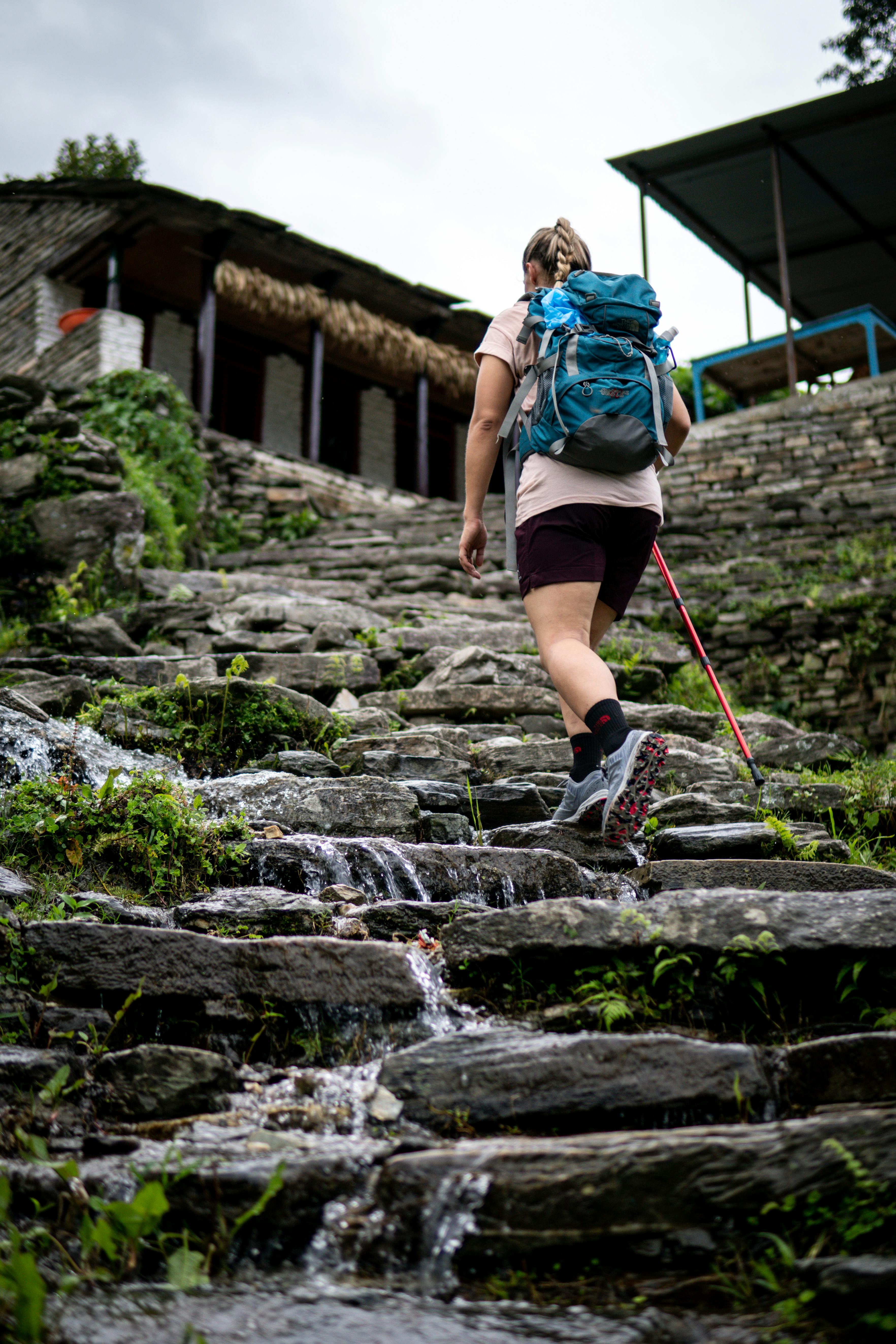
This image is property of images.pexels.com.
Maintenance and Care
Your backpack will serve you well for years if you take care of it. Here are some tips to keep it in top shape.
Cleaning Your Backpack
Most backpacks can be hand washed with mild soap and water. Be sure to pay attention to the manufacturer’s guidelines regarding cleaning.
Storing Your Backpack
When you aren’t using it, store your backpack in a cool, dry place away from direct sunlight. This prevents fabric deterioration.
Check for Wear and Tear
Regularly inspect your backpack for any signs of fraying or damage, particularly in high-stress areas like straps, zippers, and seams.
Conclusion
Choosing the right outdoor backpack involves understanding your specific needs and considering various features to enhance your hiking experience.
From capacity and fit to weight and materials, each factor plays a crucial role in helping you make an informed decision. So, whether you’re planning a short hike or a long backpacking adventure, there’s a perfect pack out there for you.
As you venture into the great outdoors, you can feel confident knowing you’ve selected a backpack that meets your needs. Happy hiking, and may your paths be filled with great adventures!
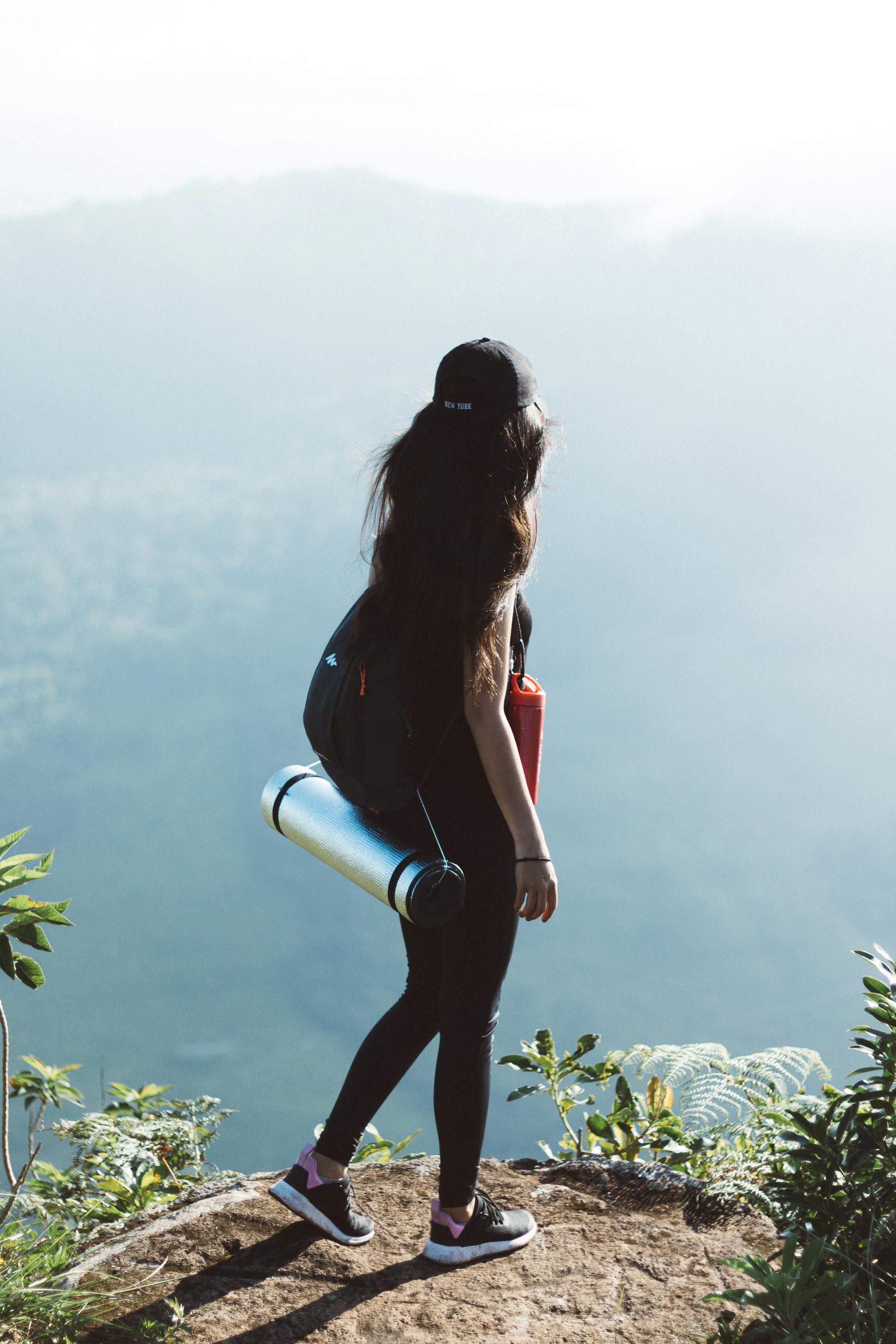
This image is property of images.pexels.com.

